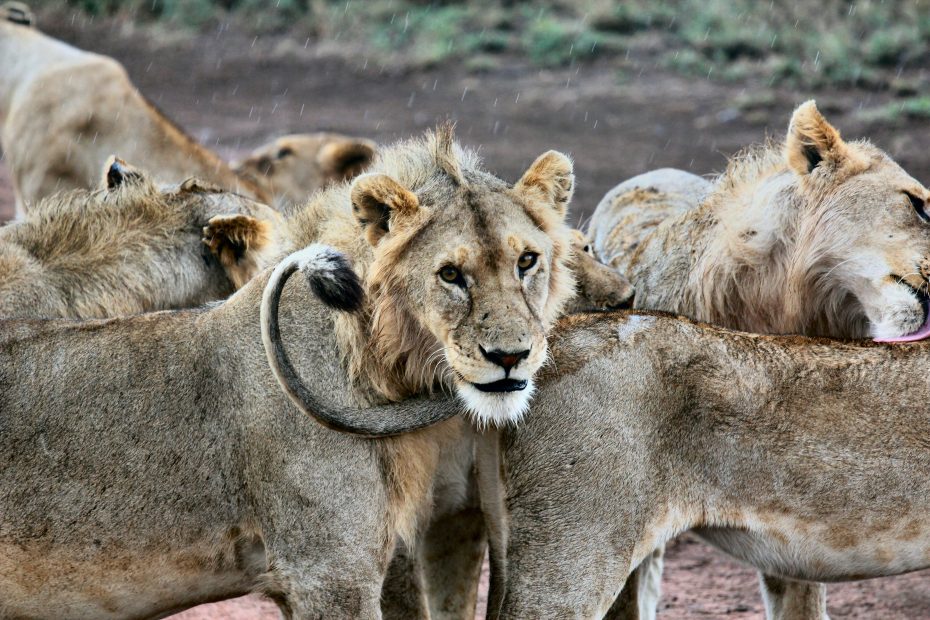Reaching the summit of Mount Kilimanjaro is a dream for many hikers and adventurers. At 19,341 feet, it’s the highest peak in Africa and one of the Seven Summits – the highest mountains on each continent. Though not technically difficult, climbing Kilimanjaro presents unique challenges that require careful planning and preparation. With the right approach, you can join the nearly 35,000 people per year who successfully reach Uhuru Peak.
Table of Contents
Overview of Kilimanjaro
Part of the Kilimanjaro National Park in Tanzania, the mountain has three volcanic cones – Kibo, Mawenzi, and Shira. There are several routes up the mountain, ranging from 5 to 9 days for the round trip. The Marangu Route is the most popular and straightforward option. The Machame Route is longer but offers better acclimatization.
Challenges of Climbing Kilimanjaro
The major obstacles are altitude sickness, weather, and trail conditions. The summit success rate is only 60%, largely due to effects from high altitude. Rain, snow, wind, and cold temperatures are common. Trails can be steep, slippery, and uneven.
Planning Your Kilimanjaro Climb
To climb Kilimanjaro successfully, careful planning and preparation is required. Key steps include:
Choosing a Route
Consider your mountaineering experience, schedule, and budget when selecting your route. Get advice from your guide about the best option.
Picking a Guide/Tour Company
Guides are mandatory, so research operators thoroughly. Check safety records, experience, and qualifications.
Physical Training
Train for several months beforehand with endurance cardio, strength training, and hiking practice. Being fit will help deal with the altitude and trail conditions.
Gear and Supplies
You’ll need proper hiking boots, cold weather clothing, camping equipment, and other essentials. Work with your guide to ensure you have the right gear.
On the Mountain
As you make your way up Kilimanjaro, be prepared for:
Altitude Sickness
Headaches, nausea, fatigue, and other symptoms can result from reduced oxygen. Go slowly, stay hydrated, and listen to your body. Descend if symptoms worsen.
Weather Conditions
Expect freezing temperatures and wind, rain, ice, and snow. Dress in layers and waterproof gear.
Trail Conditions
Trails can be very steep in places with loose dirt and rocks. Trekking poles are highly recommended for balance and safety.
Summit Attempt
Your final push to Uhuru Peak requires:
Timing
Start late at night to reach the summit at dawn for best views and firm snow conditions.
Pacing
Move slowly and steadily. The thin air means you need frequent breaks. Hydrate and refuel often.
Mental Preparation
Stay positive, focused, and motivated. Draw on your physical and mental training. Enjoy this monumental accomplishment!
Descent
After summiting:
Celebrate Your Success!
Absorb your sense of joy and pride at climbing Africa’s highest mountain.
Review the Experience
Reflect on lessons learned and memories made during your extraordinary adventure.
Post-Climb Recovery
Rest and rehydrate. Seek medical attention if you have any concerning symptoms.
Conclusion
With careful preparation and persistence through challenges, you can conquer Mount Kilimanjaro. Follow the guidance above to achieve this thrilling once-in-a-lifetime accomplishment!
Frequently Asked Questions
What is the best time of year to climb Kilimanjaro?
The best climbing conditions are in the drier months of January and February. June through October is also popular. Avoid the rainy season from March to May.
How long does it take to climb Kilimanjaro?
It typically takes 5-9 days to complete a Kilimanjaro climb, depending on the route taken. The descent is much quicker than the ascent.
What level of fitness do I need?
You need a high level of cardio fitness and endurance to summit Kilimanjaro. Train by hiking, running, cycling etc for several months prior. Strength training can also help.
What gear do I need?
Proper hiking boots, multiple cold weather clothing layers, gloves, headlamp, sunglasses, sleeping bag, backpack, and hiking poles are essential.
How can I prevent altitude sickness?
Climb slowly, stay very well hydrated, avoid alcohol, and take it easy when you start feeling any symptoms of altitude sickness. Descend immediately if symptoms persist or worsen.
